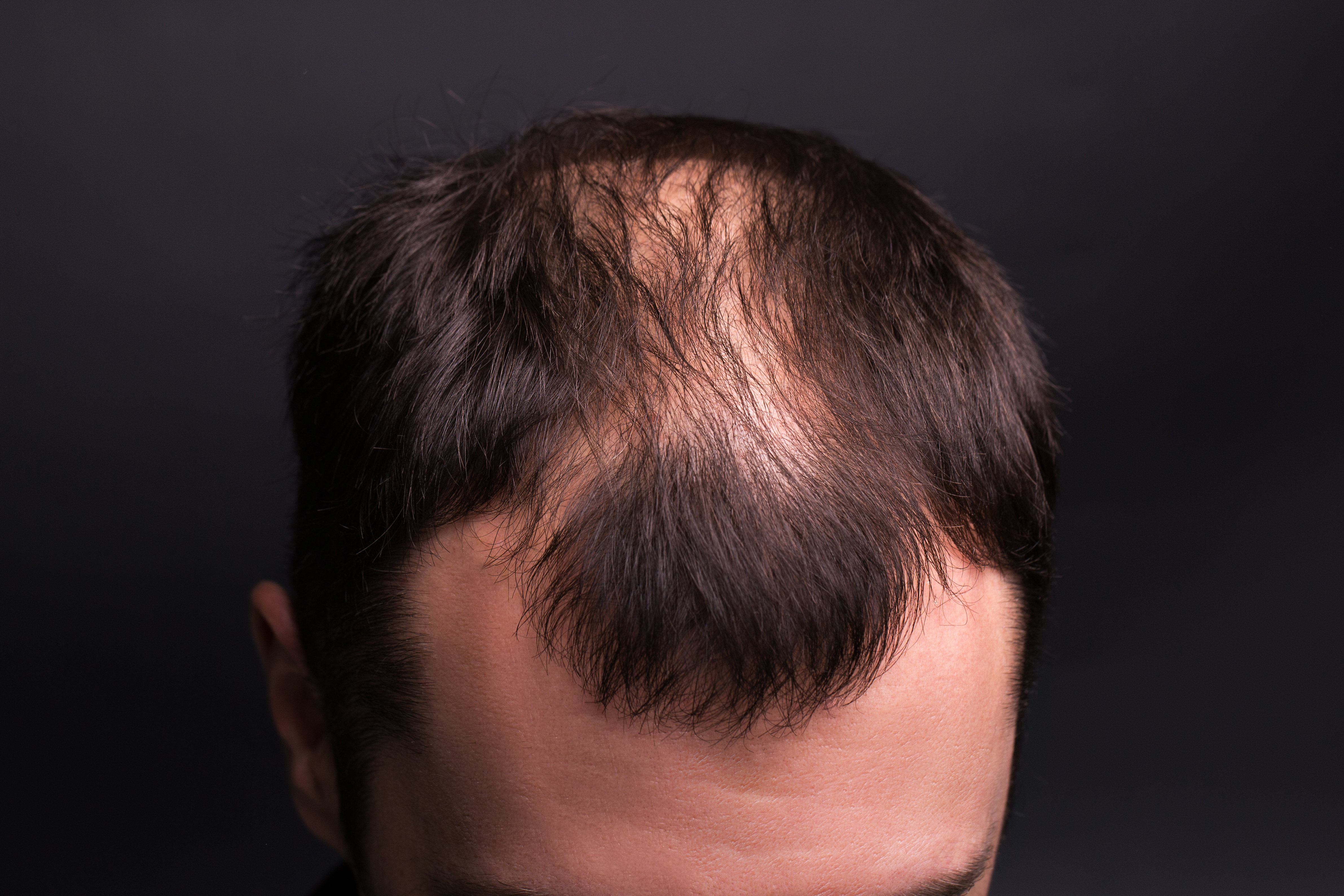
What is alopecia?
Men and women are very particular about hair and how it looks. This is why styling and maintaining our hair is something we usually put a lot of effort into. However, there is a certain condition called alopecia where an excessive amount of hair is lost. This can affect either the scalp or the entire body. Alopecia is more commonly experienced by men over the age of 40. Another concern of alopecia is that the loss of hair can be temporary, where hair can grow back, or it can be unfortunately permanent. This loss of hair is attributed to hereditary factors, hormonal changes, medical conditions, or a consequence of aging.
Types of alopecia
Alopecia is classified based on the patchiness of the hair loss and where it occurs in the body. One of the common types is called alopecia areata. This is a term used to refer to baldness. “Areata” refers to patchiness. This hair loss type is considered an autoimmune disorder where your immune system attacks your hair follicles holding your hair strands, causing the hair to fall out in clumps or spots. This is connected to the heredity of the person and the hair may or may not grow back again. Small bald patches on the scalp which eventually grow larger are a common symptom of alopecia areata. Others experience loss of hair in a short time and their fingernails or toenails become red, brittle, and pitted.
Another type of alopecia experienced by some people is alopecia totalis. Compared to alopecia areata, which is only on certain spots, alopecia totalis involves loss of hair on the whole scalp. The person affected becomes completely bald. Whereas alopecia totalis only involves hair on the scalp, a condition called alopecia universalis now involves loss of hair on the entire body. Although rare, this renders the person with no hair left on their entire body.
Other types of alopecia classified according to the pattern of patchiness are diffuse alopecia areata and ophiasis alopecia areata. Diffuse alopecia areata is defined as the abrupt thinning of hair rather than losing it in patches. On the other hand, ophiasis alopecia areata is the loss of hair in a band-shaped pattern on the sides and back of the head.
Reactions to alopecia
Given the idea of the various types of hair loss, people tend to react differently when addressing it. Some just let it run its course and leave it untreated if the appearance does not bother them. Other people approach hair loss creatively with the use of wigs, hats, or different hairstyles. Furthermore, some choose to use medical treatment modalities to restore and prevent worsening of the loss of hair.
You can consult one of our licensed physicians about your alopecia for free today.
Role of the physician

If you choose to address your hair loss medically, you need to consult a physician. They can diagnose your hair loss case. This means that they will examine you and assess what treatment is right for you. During your consult, the physician will ask about your symptoms and your history. Then, there will be a close examination of the areas of hair loss. He or she will gently tug your hairs to know if they can be pulled out easily. Individual hairs will be checked if they are abnormally shaped. Other than the hair, nails will also be examined since these give ample information about your body processes.
Common treatment options for addressing hair loss
Currently, there are many different treatment options available for alopecia. These are tailor-fitted to a person’s patchiness, bald spot patterns, and expectations.
Alopecia areata can begin in childhood. For children below 10 years old with bald spots who would like to treat it by regrowing hair, treatment options involve applying corticosteroids to the bald spots which are shown to be very effective. For maintenance, Minoxidil (Rogaine) can help after stopping the corticosteroid treatment.
For those above age 10, the choice of treatment is based on age and the amount of hair loss. Corticosteroids can be injected into the bald areas for 4 to 8 weeks at a dermatologist’s office. This is 80% effective and hair can grow back by 12 weeks. If injecting is not preferred, corticosteroids can be applied topically to the bald spots once or twice a week. Also, anthralin is a medication of choice which is soaked on the skin and then washed off. This, however, is reported to cause mild skin irritation.

For the treatment of alopecia which causes rapid and widespread hair loss, complete loss (alopecia totalis) or loss of hair in the entire body (alopecia universalis), your dermatologist may recommend contact immunotherapy. This aims to alter your immune system so that your hair follicles will not be destroyed. With this, up to 70% of patients can regrow hair.
Methotrexate is another drug for extensive hair loss. Regrowth of hair is observable in about 3 months and hair can grow back fully at around 6 to 12 months. This can be taken with corticosteroids, as prescribed by the dermatologist.
If previous medications do not work, JAK inhibitors are often indicated. Drugs under this category include tofacitinib, ruxolitinib, and baricitinib.

Along with the previous medications, it is usually recommended for you to use wigs or hairpieces during the treatment. The effect of the medicines can take time. So, while waiting, these scalp prostheses can help boost your confidence or lessen your anxiety with your appearance.
What happens after treatment?
Treatment outcomes vary among individuals. Hair can successfully grow back within a year for some, but for others, it can take a little longer than that. Other than the medicines themselves, self-care is also essential in the management of alopecia, since stress is correlated with hair loss. With that, live healthily and, if possible, keep personal stressors away. Most importantly, consult a health professional so that they may educate you about your hair loss concerns and guide you with the appropriate treatment. Click Here to schedule your free virtual consultation.

